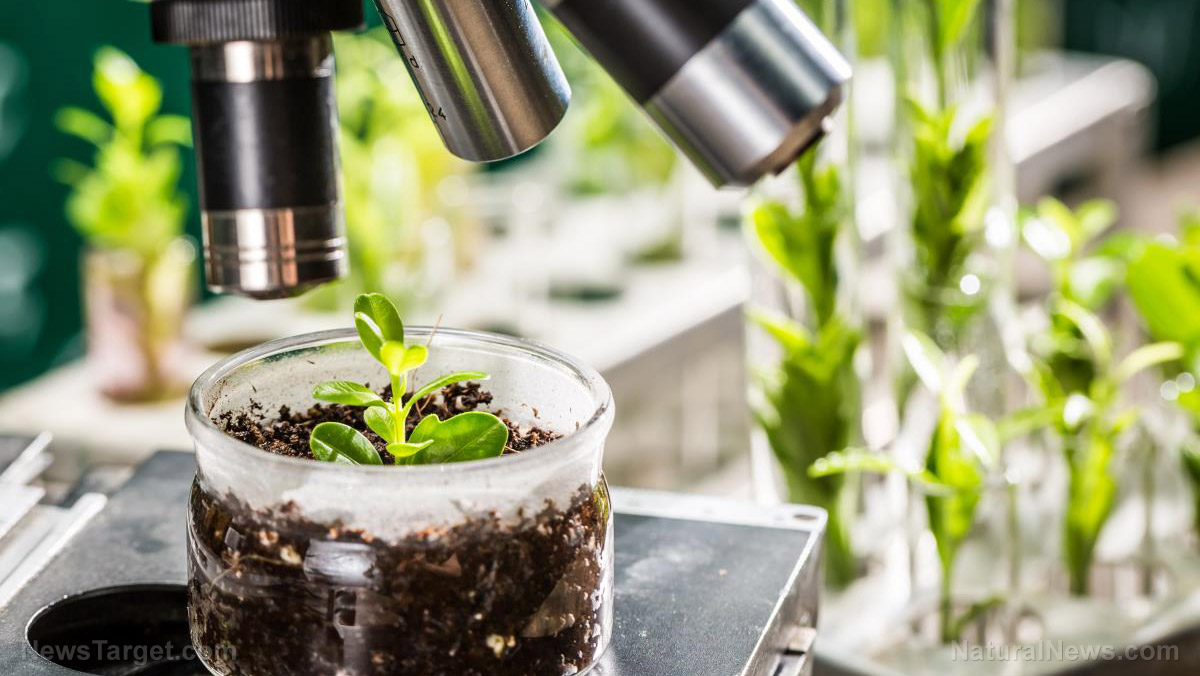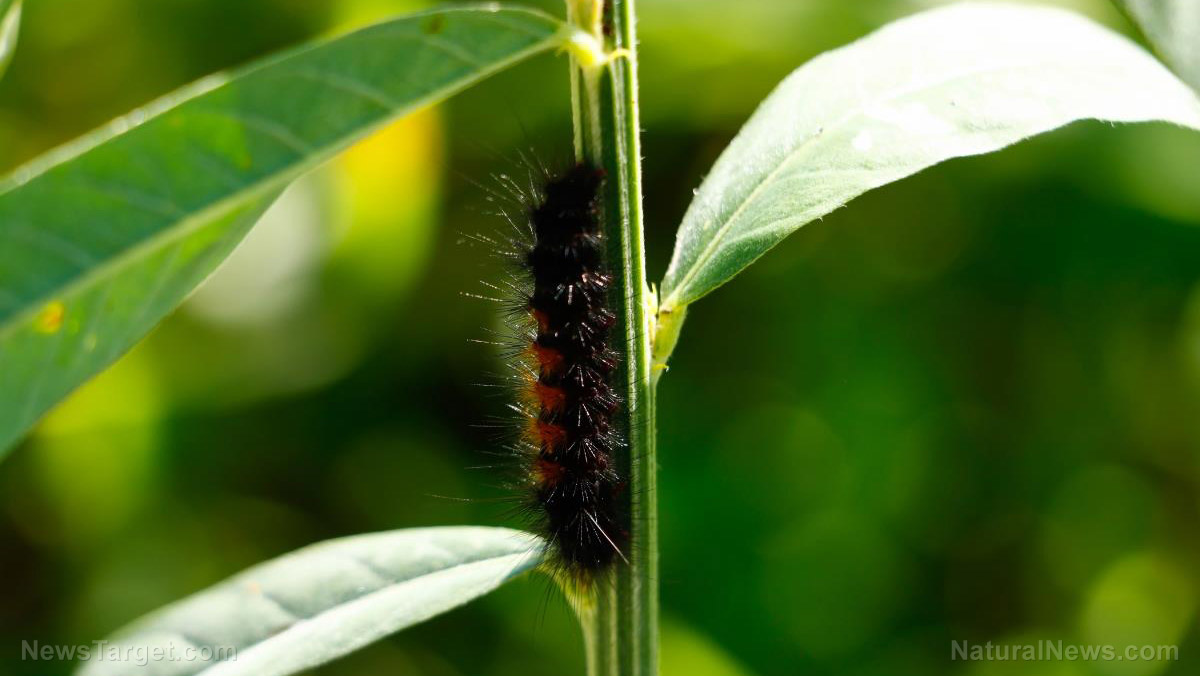How do bacteria populations travel through soil layers?
10/08/2020 / By Evangelyn Rodriguez

Soil bacteria are important components of the ecosystem. They help improve soil structure and aggregation, as well as recycle soil nutrients and water. Soil bacteria also serve as decomposers that consume carbon compounds and provide large quantities of nitrogen to plants.
Nitrogen is a major component of chlorophyll and is essential for the production of amino acids, which are the building blocks of protein. Although nitrogen is abundantly present in nature, it can only be found in small quantities in the soil. Hence, the ability of soil bacteria to process nitrogen is important for plant growth.
Because of their many important functions, the movement of bacteria in soil is a topic of interest among researchers. For instance, knowledge of microbial transport in soil is needed for bioremediation purposes, especially of subsurface polluted zones and contaminated groundwater. The mobilization of soil microbes is also important for plant nutrition.
In a recent study, German researchers investigated how certain bacterial populations present in soil mobilize after dynamic hydraulic events. They found that rain has a huge influence on the composition of soil microbial communities, as well as the amount of carbon in different layers of soil. The researchers discussed their findings in an article published in the journal Soil Biology and Biochemistry.
The impact of hydraulic events on soil bacterial communities
According to the researchers, substantial amounts of organic matter are mobilized during extreme precipitation events, resulting in fluxes in carbon from the topsoil to deeper mineral soil and groundwater. This organic matter, called mobile organic matter (MOM), also consists of soil microbes. Organic matter is not only important for plant nutrition, but it also binds soil particles into aggregates and helps improve soil water-holding capacity.
A previous study showed that specific bacteria associated with the rhizosphere — the area around a plant root inhabited by a unique population of microorganisms — of decaying maize roots were selectively transported with seepage water when snow melted in winter. This event is only one of the many effective but poorly understood mechanisms of microbial transport for living root systems.
For their study, the researchers sampled bacteria in seepage water from lysimeters at an experimental maize field after extreme rain events in summer. They found that a distinctive subset of bacteria associated with the rhizoplane — the region where the root comes into contact with soil — was mobilized after the rain. These bacterial populations included members of the phylum Bacteroidetes, which serve as microbial conduits for fresh plant-derived carbon to reach deeper soil layers.
The researchers observed no marked distinctions in seepage communities between lysimeters with a different relative contribution of preferential vs. matrix flow. Meanwhile, time-resolved analyses of seepage water during artificial rain revealed patterns in the mobilization of certain microbes. While members of the phyla Chitinophagaceae, Sphingomonadaceae and Bradyrhizobiaceae mobilized in early and late seepage fractions, members of Parcubacteria and Microgenomates mobilized mostly in intermediate fractions.
The researchers also noted that the recovery of amended fluorescently labeled Arthrobacter globiformis, a beneficial soil microbe, was low (0.2 to 0.6 percent) over seepage events. (Related: Scientists discover a soil bacteria that can protect against stress.)
Based on these findings, the researchers concluded that mobilized bacteria have the potential to influence bacterial activities and communities in subsoils. This highlights the need to better understand how dynamic hydraulic events influence soil microbial populations and communities, as well as the movement of carbon in soil.
Sources include:
FAO.org [PDF]
Tagged Under: environment, mobile organic matter, mobilization of soil microbes, organic farming, plant nutrition, rain, research, seepage water, soil carbon transport, soil health, soil microbes, soil nutrients
RECENT NEWS & ARTICLES
COPYRIGHT © 2017 ENVIRON NEWS




















